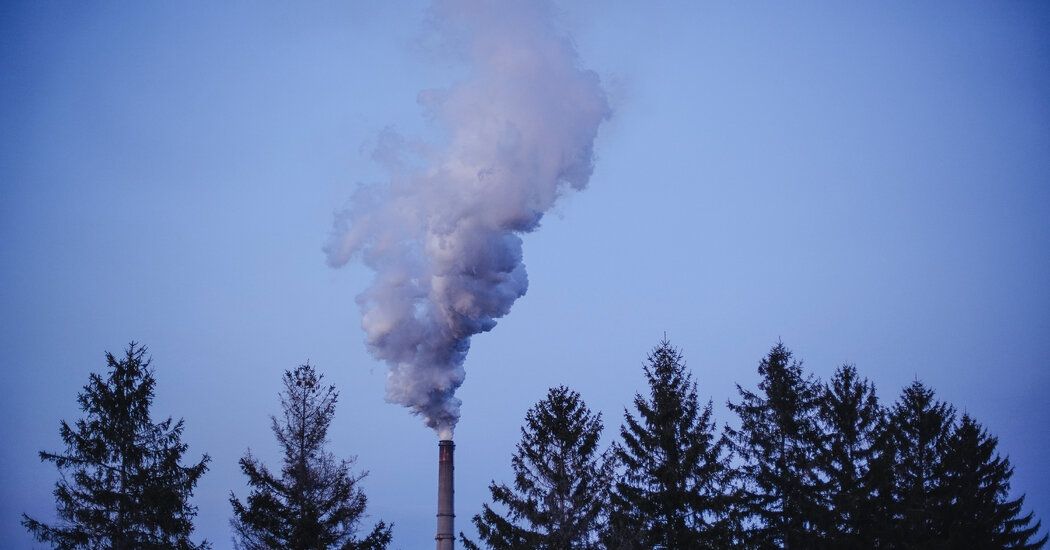E.P.A. Proposes First Limits on Climate Pollution From Existing Power Plants
Burning oil drilled at the Willow site would emit an estimated 280 million tons of planet-warming carbon dioxide, according to the White House. The new rules on power plants would lower emissions by 617 million tons between 2028 and 2042, according to the E.P.A. Adding the other proposed E.P.A. regulations would bring the total amount of eliminated emissions to 15 billion tons by 2055 — roughly the amount of pollution generated by the entire United States economy over three years. Several analyses have projected that the Inflation Reduction Act will cut emissions by at least another billion tons by 2030.
That could put the nation on track to meet Mr. Biden’s pledge that the United States would cut its greenhouse gases in half by 2030 and stop adding carbon dioxide to the atmosphere altogether by 2050, although analysts point out that more policies will need to be enacted to reach the latter target.
That is the action required of all major industrialized countries, scientists say, to keep average global temperatures from increasing by 1.5 degrees Celsius (2.7 degrees Fahrenheit), compared with preindustrial levels. Beyond that point, the effects of catastrophic heat waves, flooding, drought, crop failure and species extinction would become significantly harder for humanity to handle. The planet has already warmed by an average of 1.1 degrees Celsius.
“Each of these several regulations from the E.P.A. are contributing to the whole picture that is necessary to steer this ocean liner away from the worst climate disaster,” said Dallas Burtraw, an economist with Resources for the Future, a nonpartisan research organization that focuses on energy and environmental policy.
E.P.A. officials say the proposed regulations are designed to offer flexibility to industry and ensure that the lights remain on and that electricity bills will not soar. For example, coal plants that are already scheduled to retire before 2032 may not have to install new pollution controls like carbon capture technology. About a quarter of operating coal-fired power plants are already scheduled to retire by 2029, according to the Energy Information Administration.
Source: The New York Times


